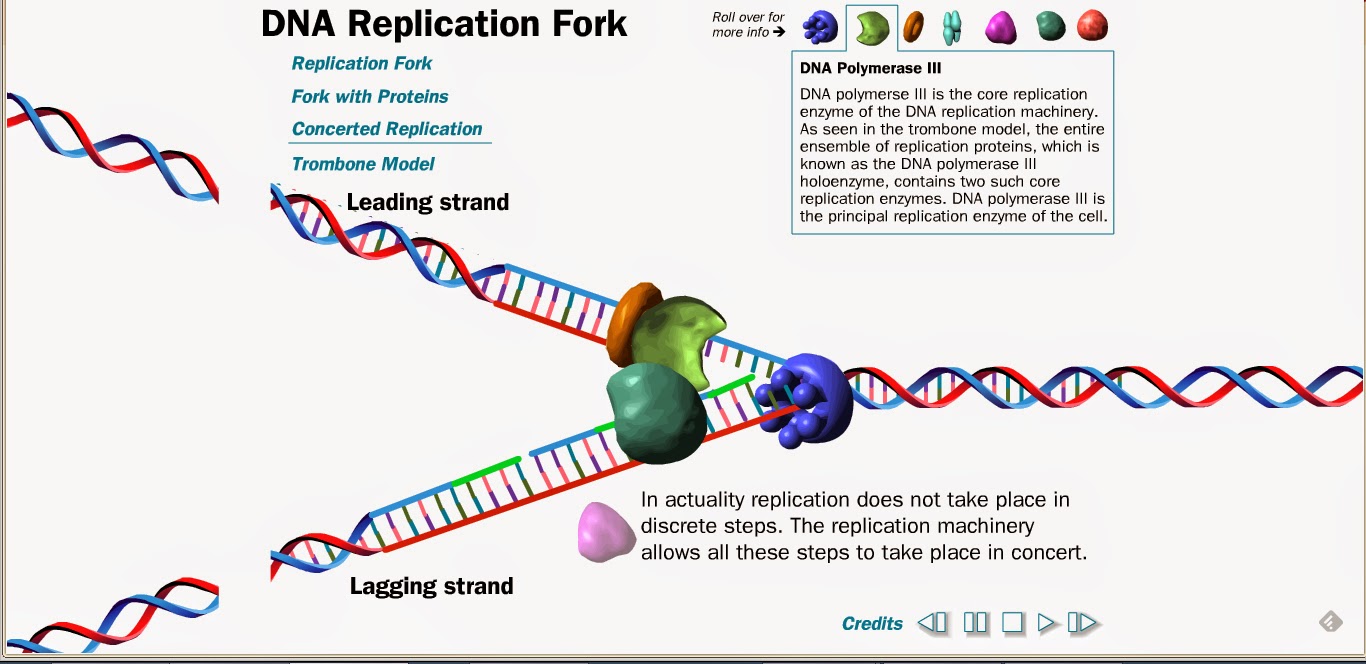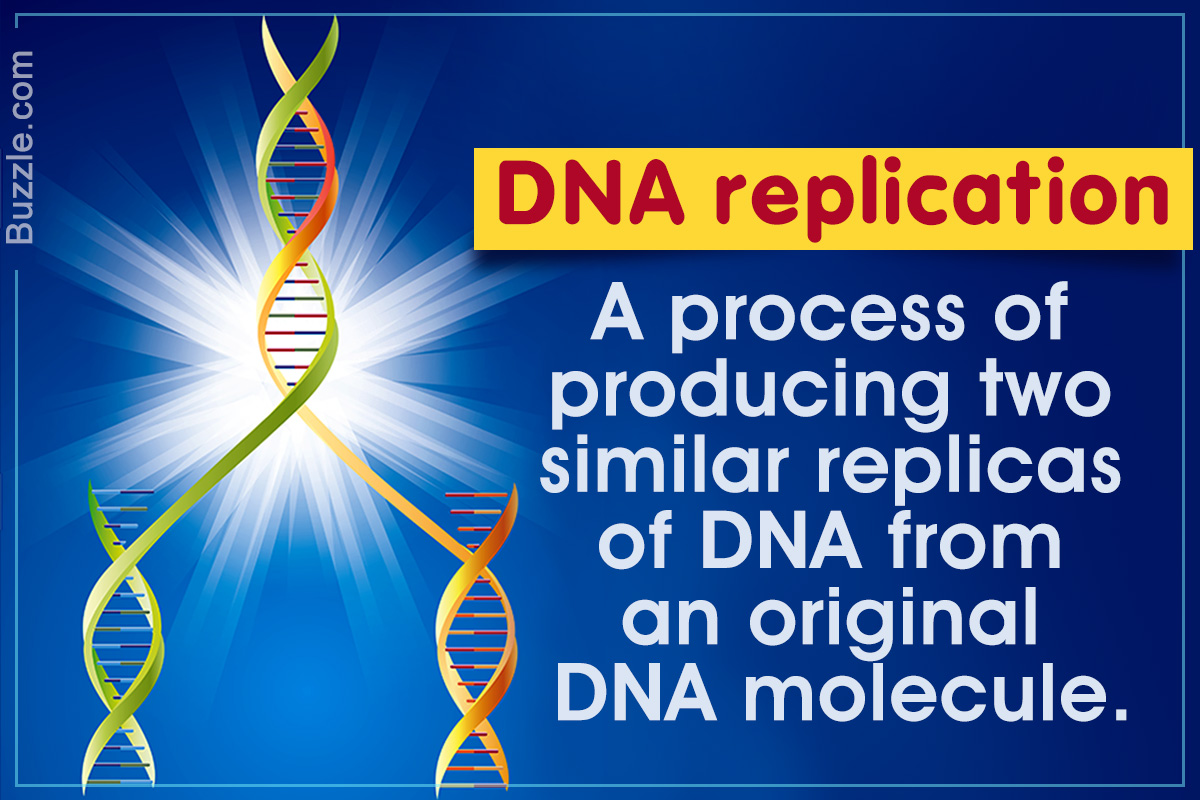

Thereafter, Kornberg shifted his efforts to using ADP in his experiments and hunting for an enzyme that could build DNA. This she had done with the use of the coenzyme Adenosine diphosphate (ADP). Importantly, the enzyme was shown to be capable of synthesising RNA in a test tube from simple nucleotides. This she had stumbled upon while conducting research to understand aerobic phosphorylation in extracts of Azotobacter vinelandii, a soil dwelling organism. Their work, however, was to take a new direction when, in 1955, Mariane Grunberg-Manago, a postdoctoral fellow in Severo Ochaoa's laboratory, announced the identification of a new enzyme, polynucleotide phosphorylase.

This they performed with a radiolabelled coenzyme called adenosine triphosphate (ATP). Based on this he and his post-doctoral fellow Uri Littauer, launched some experiments to test the power of extracts from Escherichia coli (E coli) to synthesise RNA. The difficulty he faced was that at this stage scientists did not know what the actual building blocks of nucleic acids were.īy 1954 Kornberg's research and that of others had shown that the likely nucleotide building blocks of nucleic acids were synthesised and activated in cells. Having found an enzyme that incorporated a nucleotide into a coenzyme, in 1950 Kornberg began to investigate whether there were other enzymes that could assemble the many nucleotides that make up the chains of nucleic acids, particularly RNA. Soon after he discovered more enzymes that could synthesise other coenzymes. The history of DNA polymerase is rooted in the work of Arthur Kornberg who in 1948 discovered that an enzyme he extracted from potatoes (nucleotide pyrophosphatase) could synthesise Nicotinamide adenine dinucleotide (NAD), a coenzyme found in all living cells. They are at the forefront, for example, of techniques to detect genomic alterations that can cause diseases like cancer or cause patients to experience adverse reactions to drugs. DNA polymerases are also intrinsic components for the development of molecular diagnostics for personalised medicine. Today polymerases are the core tools for DNA labelling, sequencing and amplification. They have also been crucial to the development of DNA sequencing and PCR, upon which much of modern biotechnology is built.

Connections Arthur Kornberg | PCR Importanceįrom the time of their discovery DNA polymerases have paved the way to new understandings of how DNA is replicated and how it is transcribed.


 0 kommentar(er)
0 kommentar(er)
